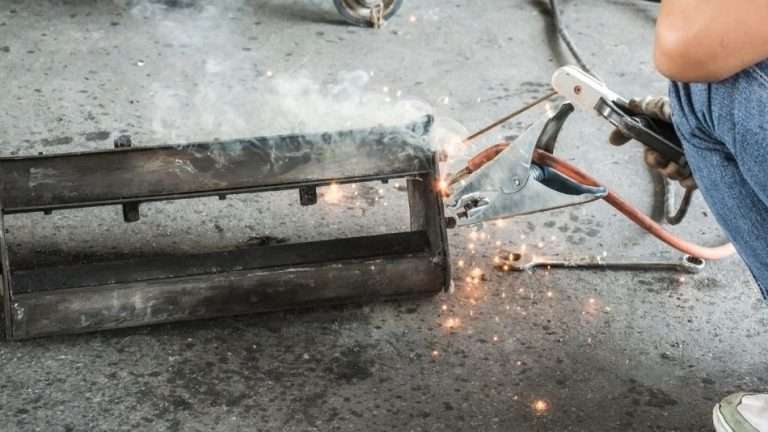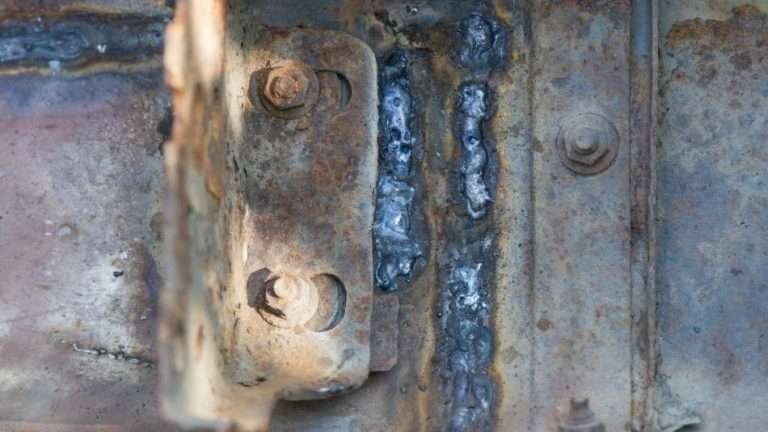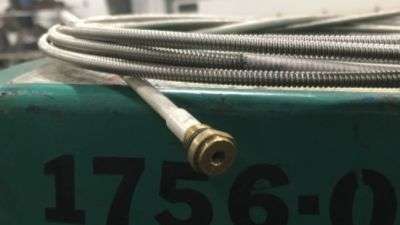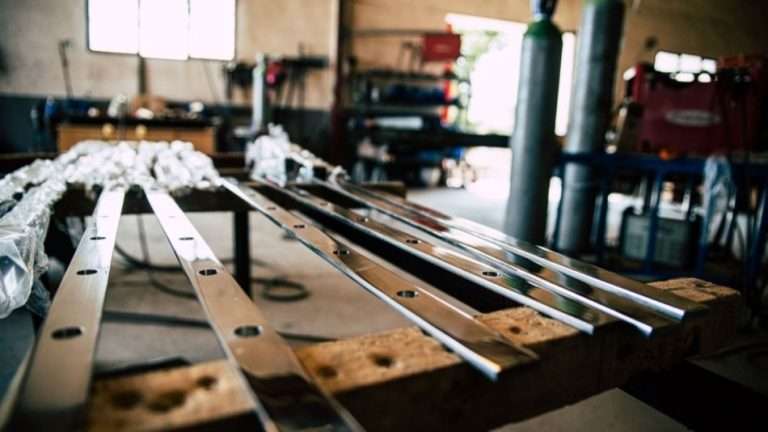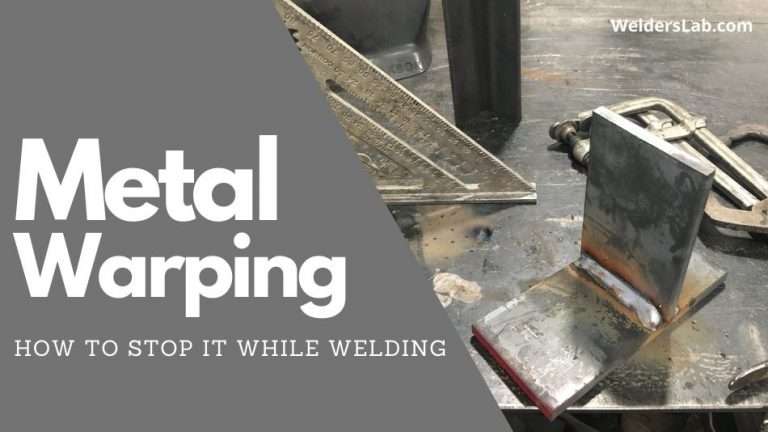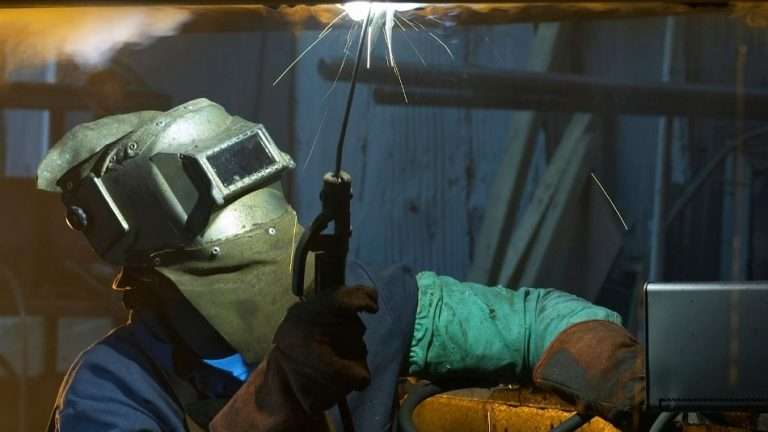How to Clean a Welding Lens
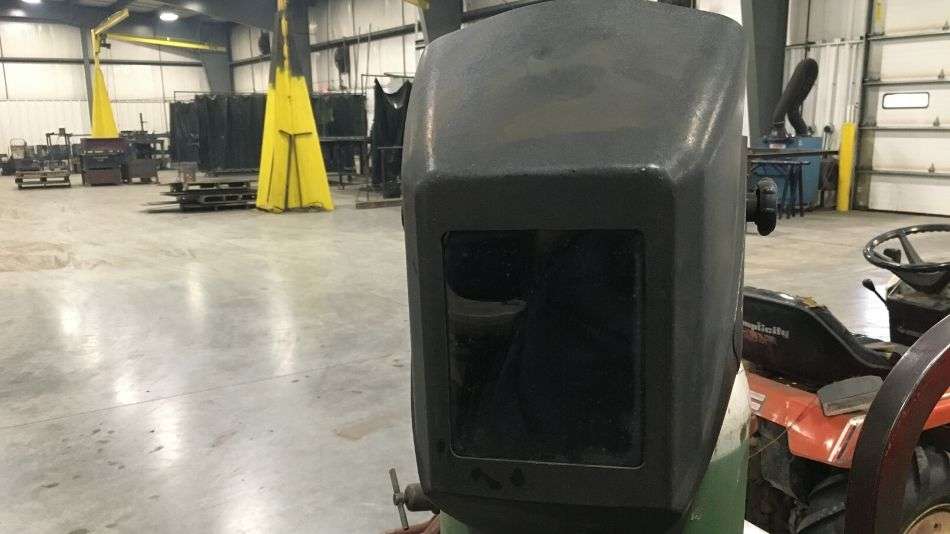
Over the last 20 years, I’ve learned one inevitable truth, everything will get dirty at some point or another as a welder. Your welder, your clothes, and even your helmet and even the lenses inside them. This is because of the amount of dirt and dust your welder will produce.
So how do you clean your welding lens? Sart by removing the lenses from your welding helmet. You should have an outside lens, a protective lens, and an inside lens. Gently wash each lens using Dawn dish soap, rinse the soap off and dry each lens. Finally, put the lenses back in the helmet in the same order as you took them out.
This article is going to cover a lot of different topics that relate to cleaning your helmet. You will learn how to clean a welding lens and when. You will be able to prolong the lifespan of your welding helmet by following these instructions.
By the end, you’ll be an expert when it comes to cleaning your welding lens.
What is a welding lens?
Welding helmets are the headgear that you wear to protect your eyes while welding. They can prevent arc eye (blindness akin to looking at the sun), and prevent retinas from burning.
Related Article: What Shade Lens Should You Use For MIG Welding – A Complete Guide
Many of them come with auto-darkening filters to prevent you from having to adjust your helmet’s position as they weld.
What causes them to get dirty?
One of the most common causes of dirty lenses is smoke. When you weld, the smoke, and fumes are very close to your lens.
This means that your lens will start getting dirty and smoked over, which reduces visibility.
When is it time to clean your lens?
It’s important to regularly clean your lens in order to extend the lifespan of your helmet.
A lot of welders are surprised to learn that you need to clean your helmet on a very regular basis. Using it regularly means it will have sweat accumulating and get some scratches.
Using it only occasionally has its own set of issues because it’s accumulating dust.
After every single use, you will need to wipe down your helmet. Using it means that smoke and debris will start obscuring your view.
Make sure you put it in a storage bag, too, so it is protected against scratches when not in use.
What cans you do to prevent your welding lens from getting dirty?
A storage bag goes a long way towards preventing your welding lens from getting dirty.
This bag means that it will be protected against dirt and dust when it is not in use. It can also prevent the lens from getting scratched.
Stray sparks can also scratch your lens. When you’re welding, you can throw up a lot of heat and dust. These particles will begin to cause micros-cratches in your lens.
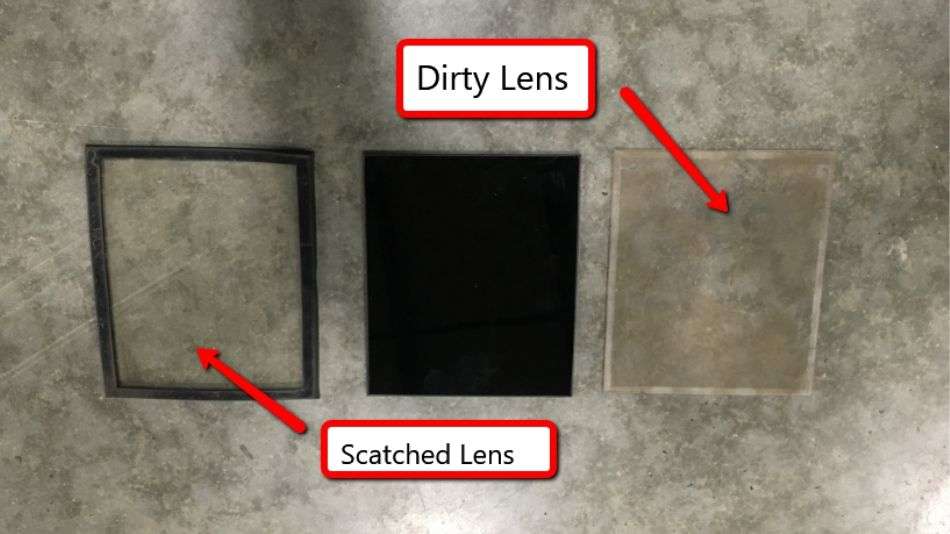
Another thing that causes this scratching is when you fail to properly store your helmet between jobs. This allows it to get knocked around and results in your lens taking a real beating.
One of the things you can do while welding to protect the lens is to ensure that your workspace is ventilated. Keeping a fan on with the speed set to low will waft the smoke away from your weld, and thus away from your helmet.
Rely on your arms for stability, too. When your arms are stable, your body is steady enough that your head won’t need to be right up close.
Just make sure you use your arms out farther so you can keep your head out of the smoke.
How to Clean a Welding Lens
Focusing on the lens is the most important part of cleaning the helmet because it’s the part that takes a lot of wear and controls our visibility.
This is also the dirtiest part of the helmet. Happily, it’s also pretty easy to clean as long as you follow the instructions carefully. This is especially true if your lens has layers of protection on it.
Best Way to Clean Welding Helmet Lens – Clean Welding Mask Lens
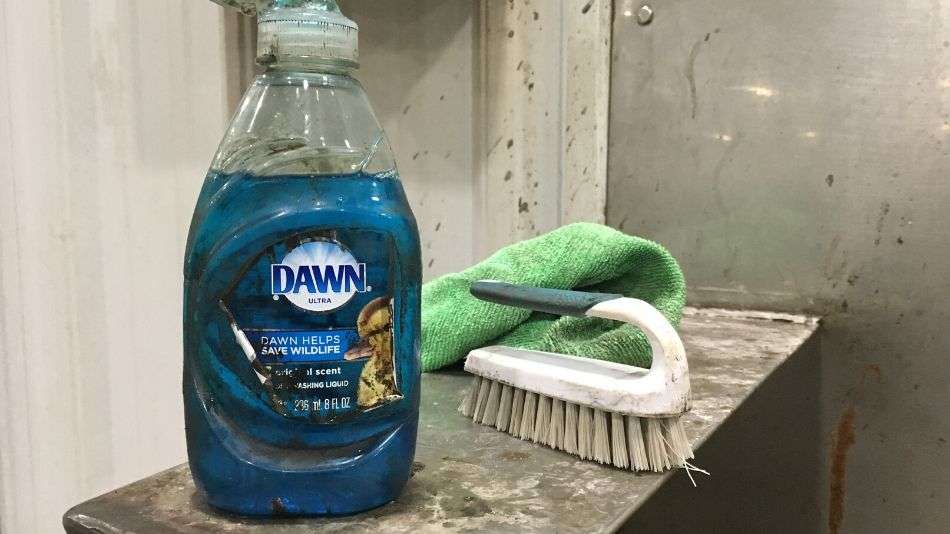
You want to use a very soft-bristled brush for the cleaning. This brush can remove the dust from your lens from the start of the process.
Once you have brushed away the dust, you can get a good feel for how dirty the lens itself is.
This can help you determine what to use when cleaning. If you’re in the habit of cleaning your lens a lot, you may be able to use water.
If it’s pretty dirty, you will need to remove it and use a special solution designed for lenses to rid it of the rest of the grime.
Just make sure that whatever you use to clean, you are spraying directly on the lens and then using a very soft cloth to wipe and clean. Use small and soft motions. If you don’t, then you may damage the lens.
Your user manual can also help you determine the best way to clean things. Some of the higher-end helmets have specialized processes.
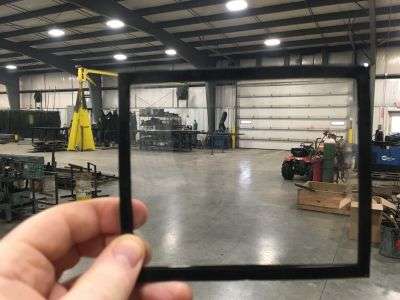
Remember to remove (and possibly replace) batteries from the helmet if your helmet requires them to operate. When you have multiple layers to your lens, you need to remove each layer and clean it individually.
At the end of the cleaning process, you will need to check the lens for extra moisture. Use a very soft towel to remove the moisture before storing the helmet away and replacing the lens.
Different Ways to Clean Your Lens
There are a few different types of solutions you can use to clean your lens.
The choice you make will be determined by the amount of dirt and grime you need to remove from your lens. Let’s take a look at some options.
Dawn Dish Soap
One way to clean the lens is to soak it in dish soap overnight. Make sure it’s a mild soap, like Dawn. The water should be hot.
Combining the hot water with the detergent will work on the thick patches of dirt and grime, breaking them down so they will be easy to remove from the lens.
You can use a soft cloth and rag to work off any remaining grime that ends up accumulated and to dry off the lens.
Windex
Another option is to use a glass cleaning solution.
Windex will work, but you can also use specialized lens cleaners if there’s still grime and dust left when you finish.
Buffing
If you have a lot of scratches, then you can use a buffing wheel to get rid of those scratches and dings. Take the lens off, use a sot wheel on the buffing machine, and run it to add some compound.
Then, you can use the buffing wheel on your lens. The buffer can remove the imperfection in the lens.
This will help to remove the scratches from your lens, increasing your visibility and increasing the lifespan.
Things to Avoid Doing When Cleaning Your Lens
There are some things that are pretty dangerous for your lens. It’s going to be better to avoid these common mistakes. Otherwise, you’re going to end up needing to replace your lens frequently.
Using a Scrub Brush
Using a scrub brush can scratch your lens. When you remove the initial layer of dust, you will need to use a soft-bristled brush instead.
This will wipe away the grime without scratching your lens, so you can see how much of your lens needs to be cleaned.
Using Brushes to Scrub
The soft-bristled brush only needs to be used for the initial layer of grime. If you use it on the lens itself, you can cause issues and ruin your lens.
When you brush away the dirt, you’ll need to move to use a cloth instead.
Using Big Strokes
Avoid large, jerky movements. When cleaning, you’ll need to use small strokes.
Large strokes can scratch your lens, and you will end up smearing the grime all over instead of actually removing it from your lens.
When should you get a new welding lens?
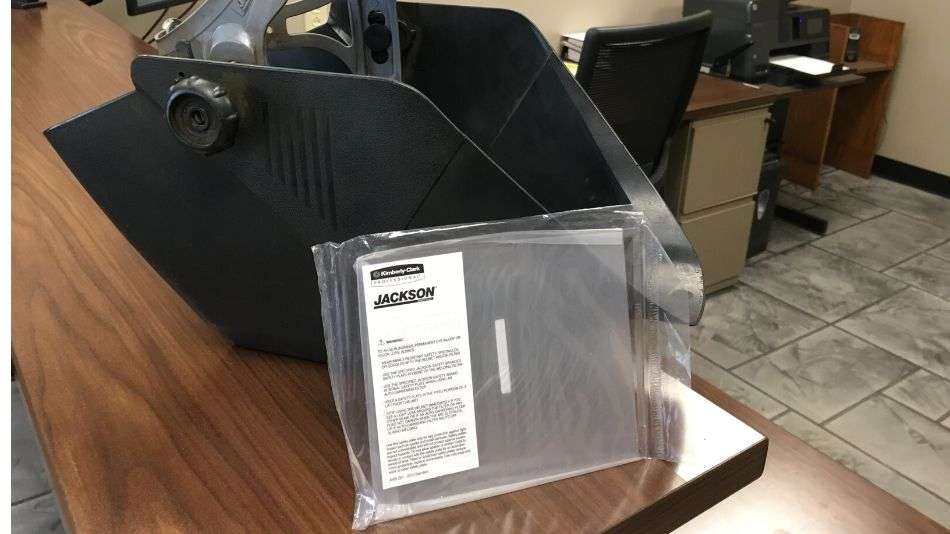
Even with the greatest amount of care, you will still need to replace your welding lenses.
You should keep some replacement lenses available in case you need to change them. Too much damage will prevent the lens from being able to protect your eyes.
If you don’t have the time to fix or clean your lenses, you should replace them regularly.
Otherwise, if your vision is obstructed by tons of scratches, and you can’t buff them away, then you will need to replace the lens.
Conclusion
As you can see, cleaning your welding lens is very easy. As long as you follow the right steps, it won’t be hard for you to maintain your lenses.
Just remember that you will need to wipe it and clean it before and after every use if you want to have the longest possible lifespan.
Whether you use dish detergent and hot water or a special lens solution, take care to be gentle and you can extend the life of even the cheaper lenses far beyond expectancy.



